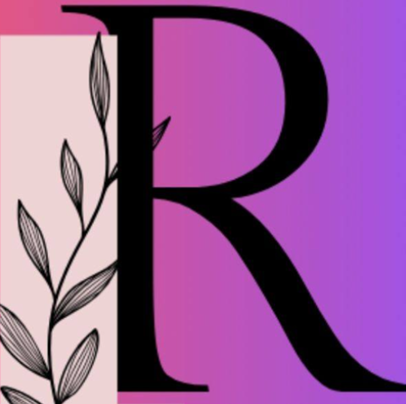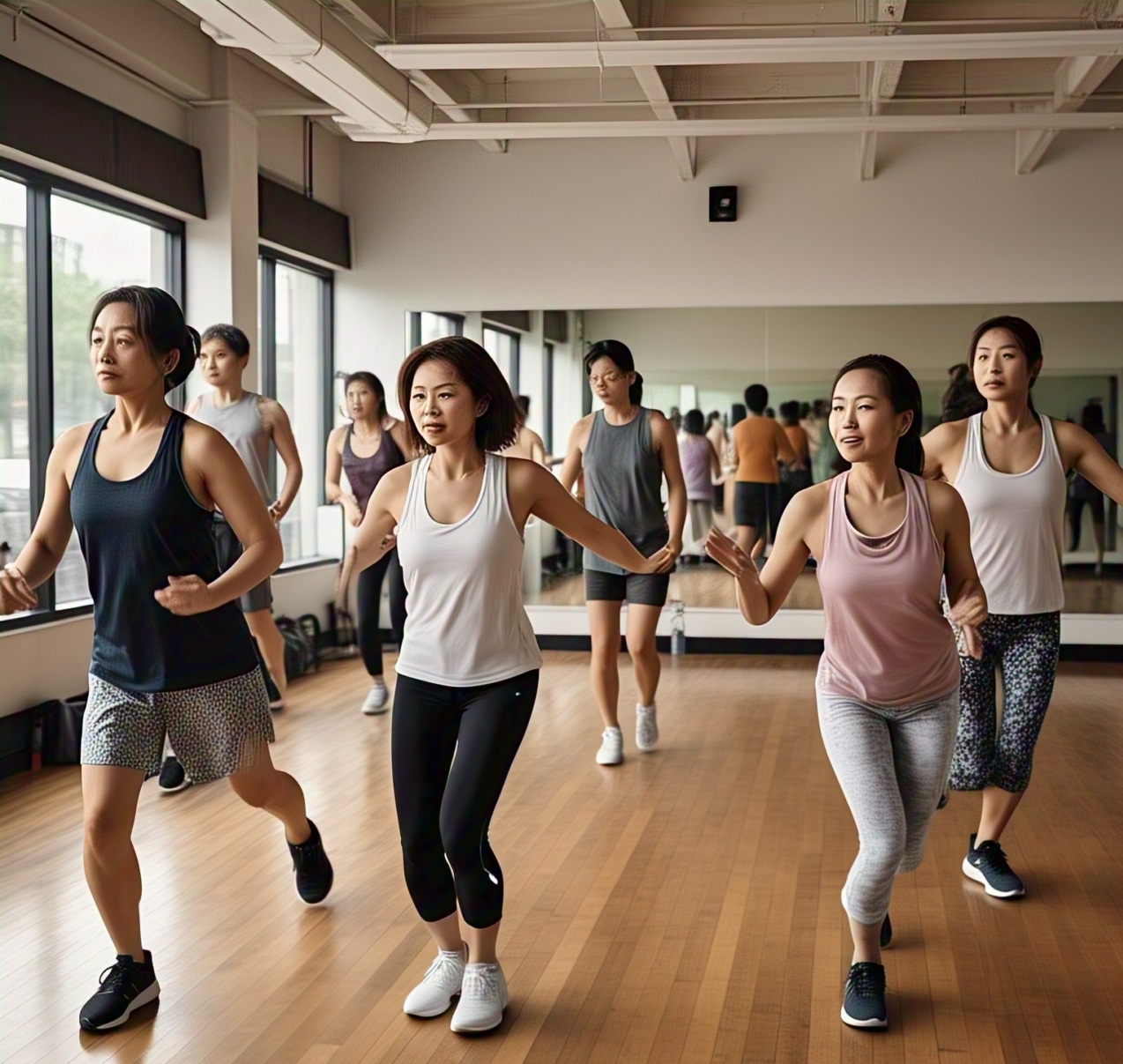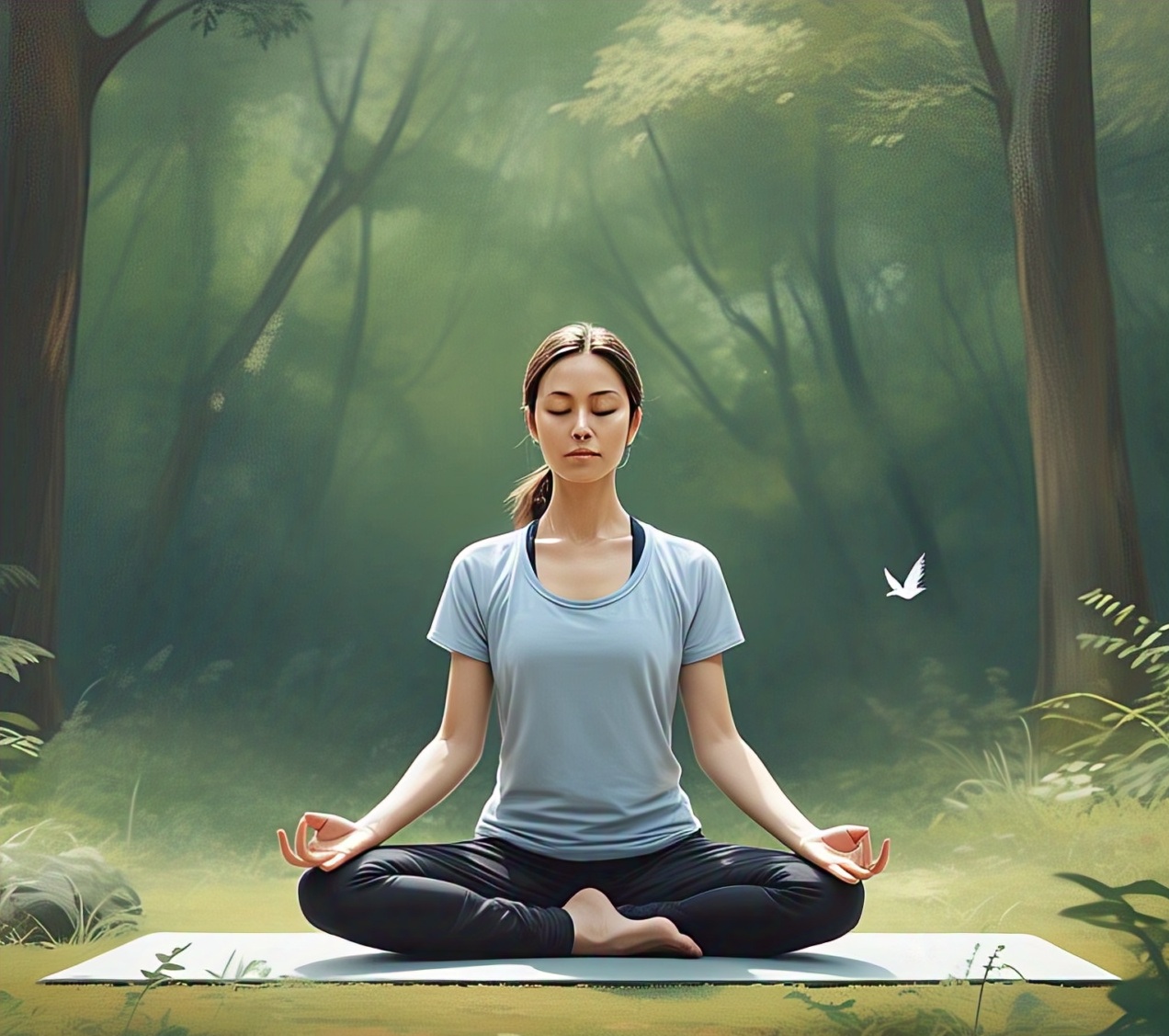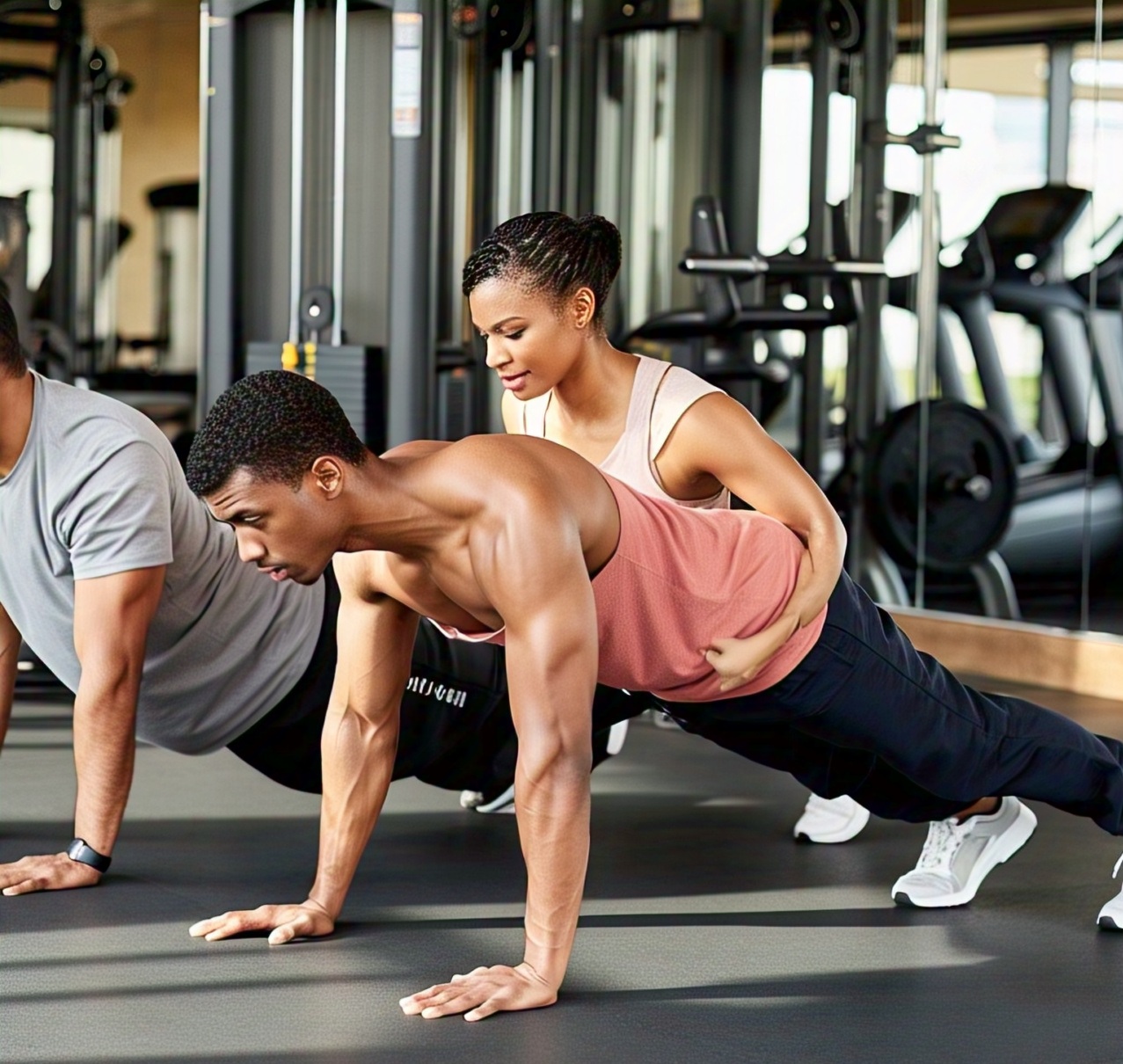Top 10 Benefits of Dance Workouts for Fitness and Mental Health
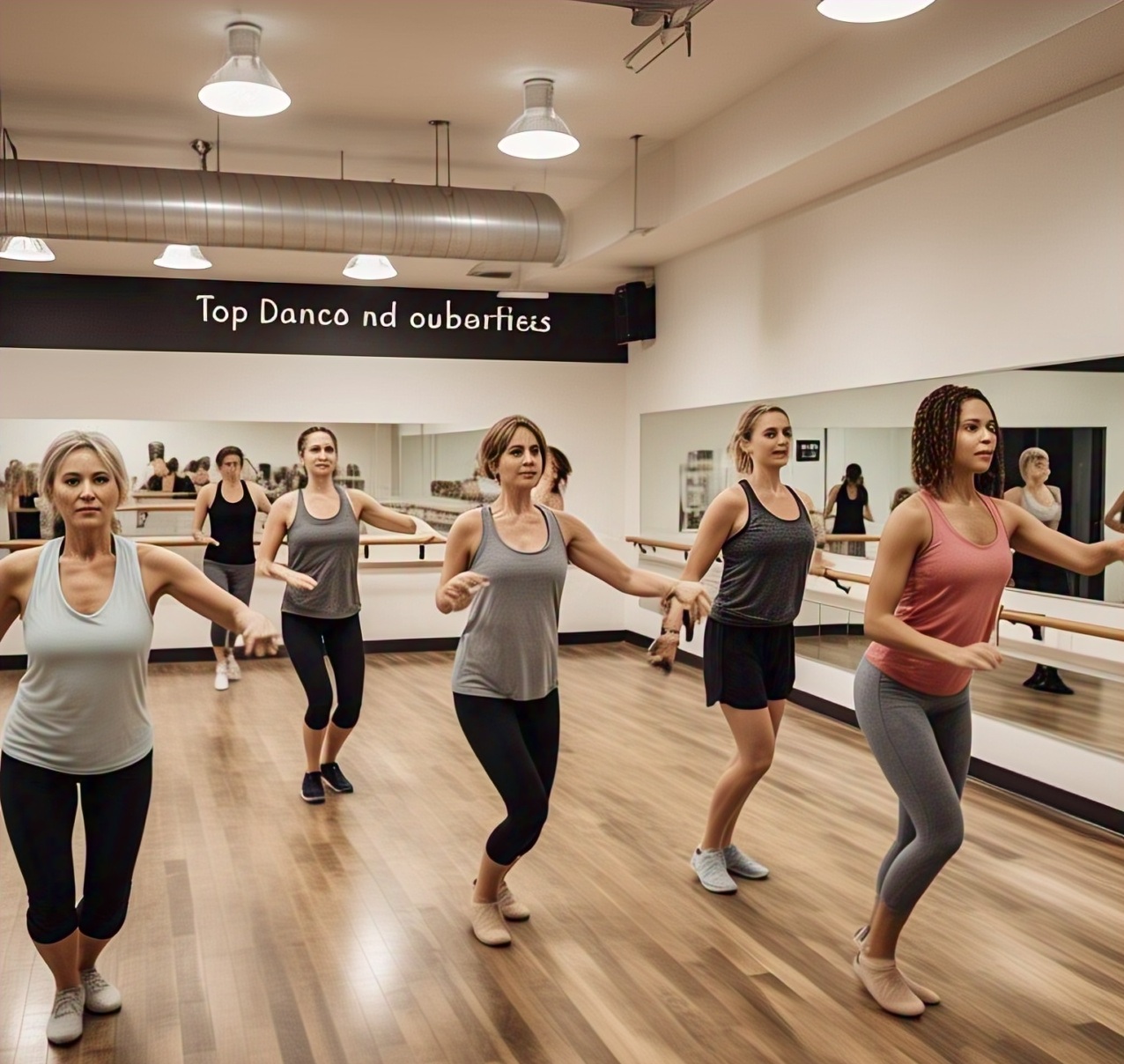
In a world where fitness routines often become monotonous, dance workouts bring fun, excitement, and full-body movement to your exercise regime. Whether you’re following Zumba, hip-hop cardio, or Bollywood beats, dancing not only gets your heart pumping but also uplifts your mood.
This article explores the top 10 benefits of dance workouts, explaining why incorporating them into your weekly routine is a game-changer for your body and mind.
Full-Body Cardio Burn

Dance workouts provide an intense cardiovascular session. The constant movement raises your heart rate, increasing stamina and burning a significant number of calories. From salsa to hip-hop, dance styles offer aerobic and anaerobic training in one fun session.
Bonus Tip: A 30-minute dance workout can burn between 200 to 400 calories, depending on intensity.
Weight Loss Made Fun
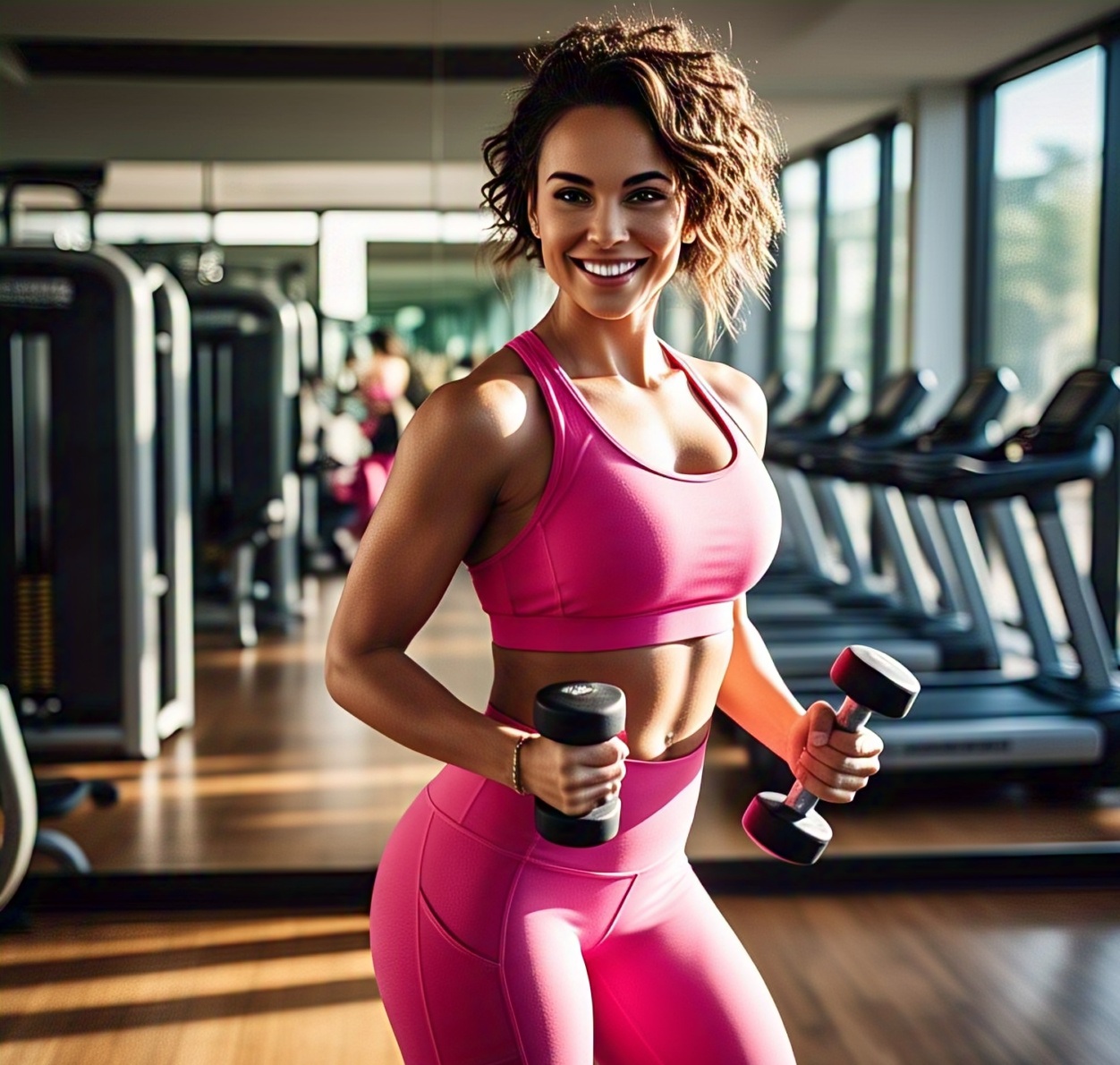
Traditional workouts can sometimes feel like a chore, but dance makes losing weight enjoyable. High-energy routines help you shed fat while keeping your spirits high. Unlike treadmill running or cycling, you won’t realize how much you’re sweating because you’ll be having so much fun.
Why It Works: Dance combines cardio, strength, and endurance in a single session.
Improved Flexibility and Mobility
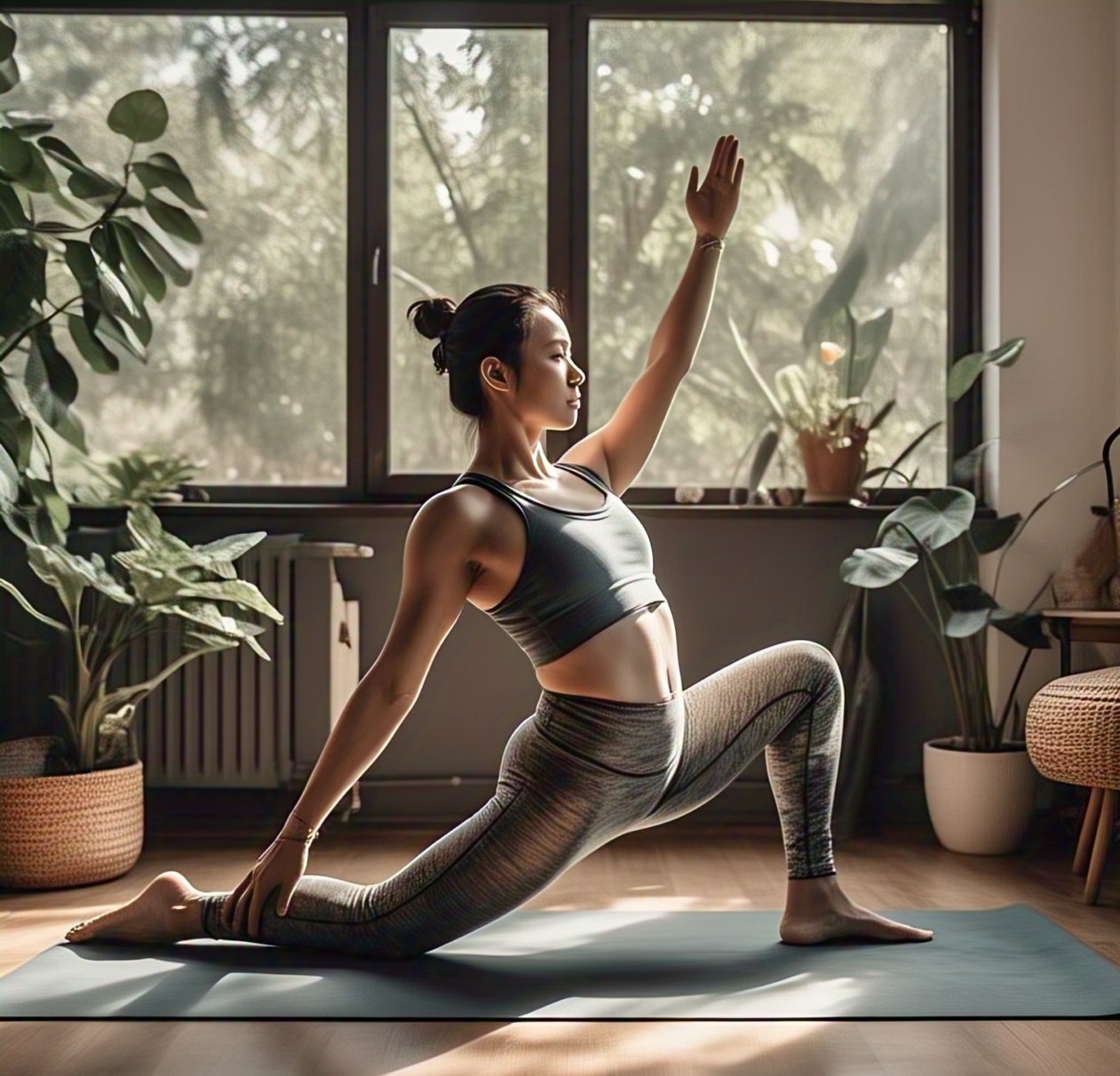
Dance encourages a wide range of motion, engaging joints and muscles that don’t get much use in daily life. Regular dance routines enhance flexibility, balance, and mobility. Whether it’s a graceful ballet stretch or a fast-paced twist, every move adds to your body’s fluidity.
Health Benefit: Prevents stiffness and supports joint health as you age.
Boosts Mental Health and Reduces Stress
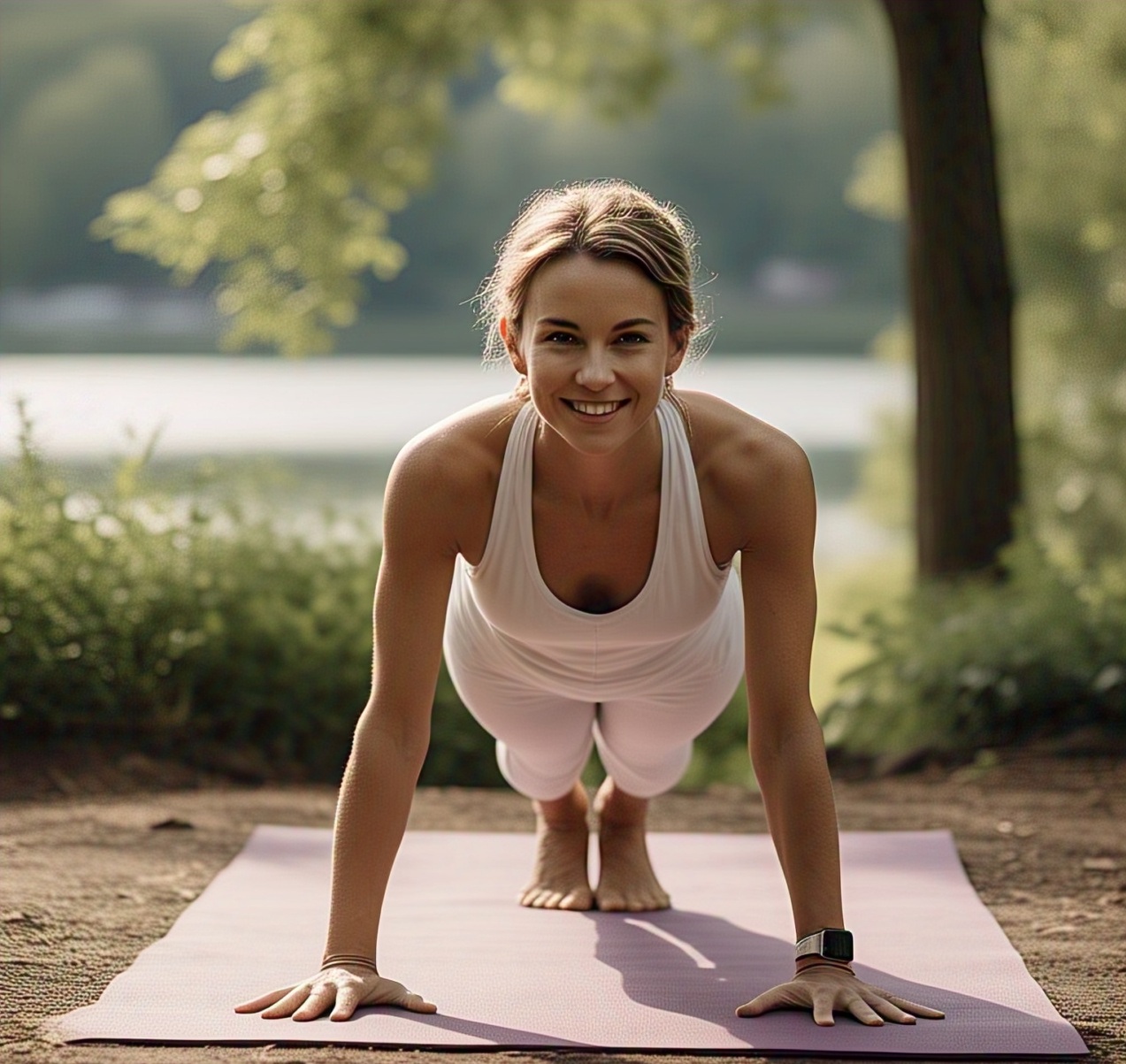
Dancing stimulates the release of endorphins—your brain’s natural mood lifters. Whether you’re dancing alone at home or in a group class, the rhythm and movement can instantly improve your mood. It’s a proven stress-buster and can help reduce anxiety and depression.
Scientific Insight: Dance has been shown to lower cortisol (the stress hormone) levels.
Enhances Coordination and Balance
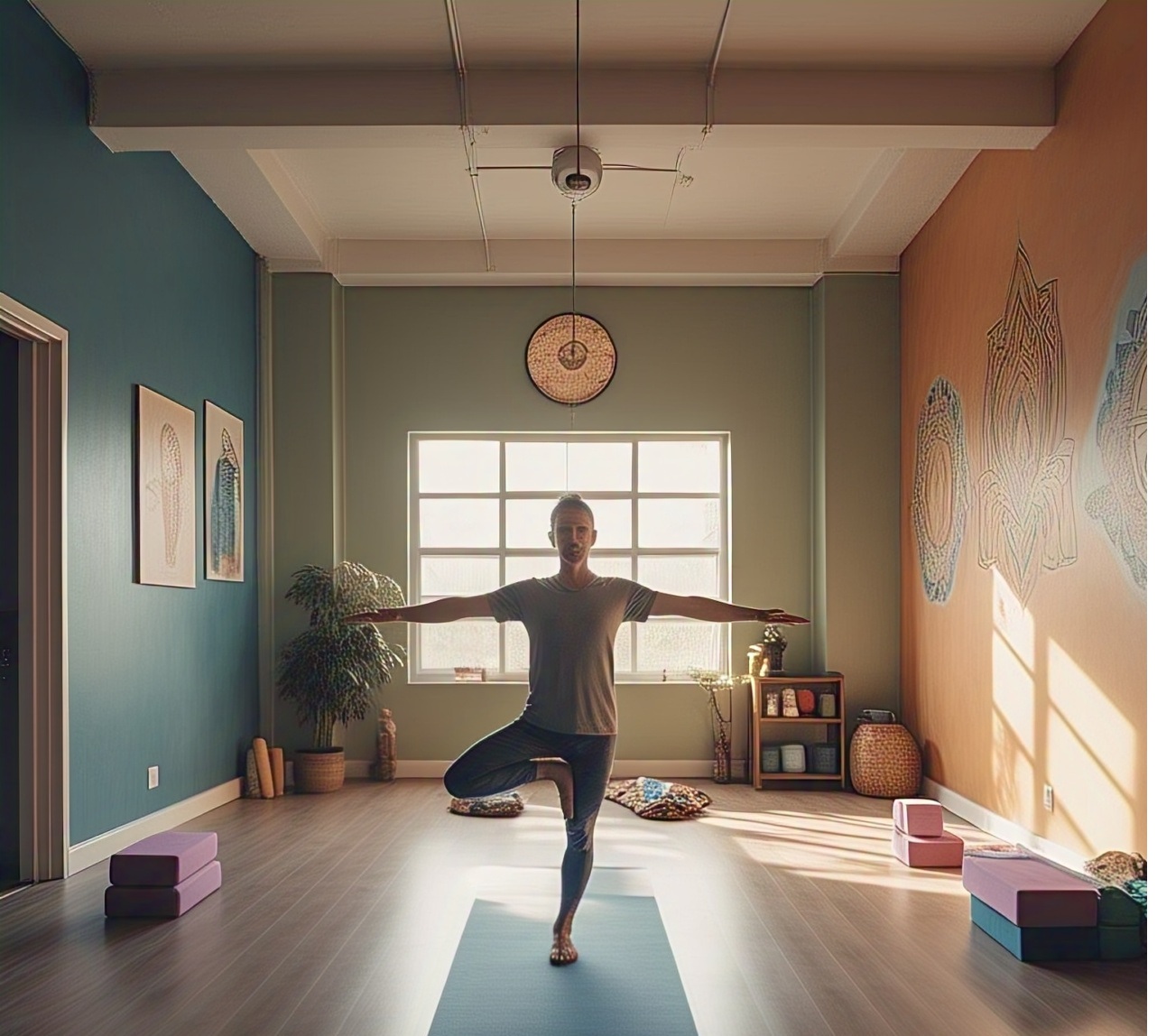
Dance requires quick shifts in movement, rhythm changes, and body control. This enhances hand-eye coordination, footwork precision, and overall balance. Over time, you’ll find improved posture and greater awareness of your body movements in daily life.
Ideal For: People of all ages, especially seniors looking to improve stability.
Strengthens Muscles Without Weights
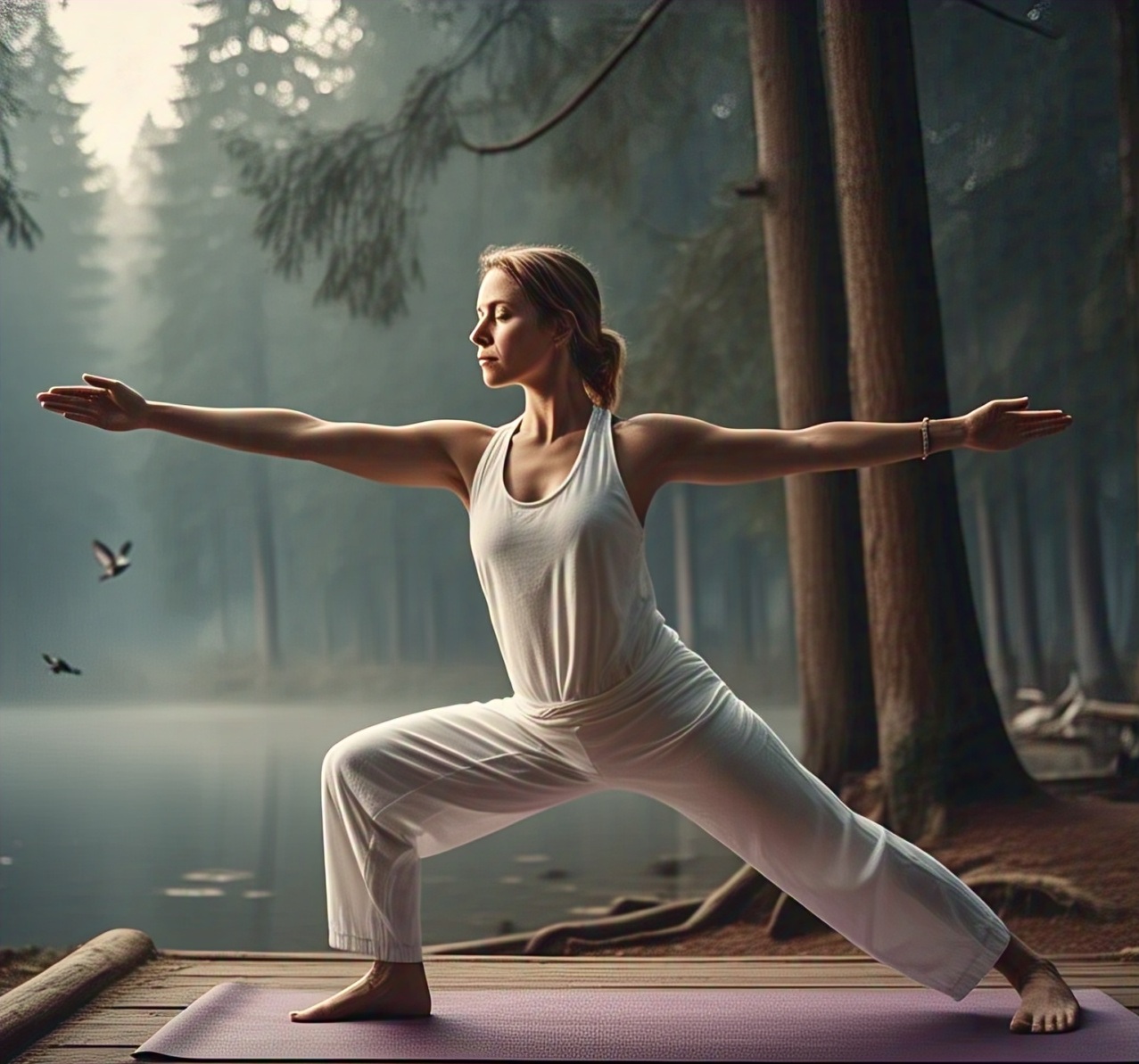
Dance workouts use your own body weight to strengthen and tone muscles. Repeated leg lifts, arm swings, squats, and jumps target various muscle groups, including the core, legs, glutes, and arms. It’s an effective way to sculpt your body naturally.
Try This: Incorporate resistance moves like plies or lunges within your dance routine.
Increases Stamina and Energy Levels
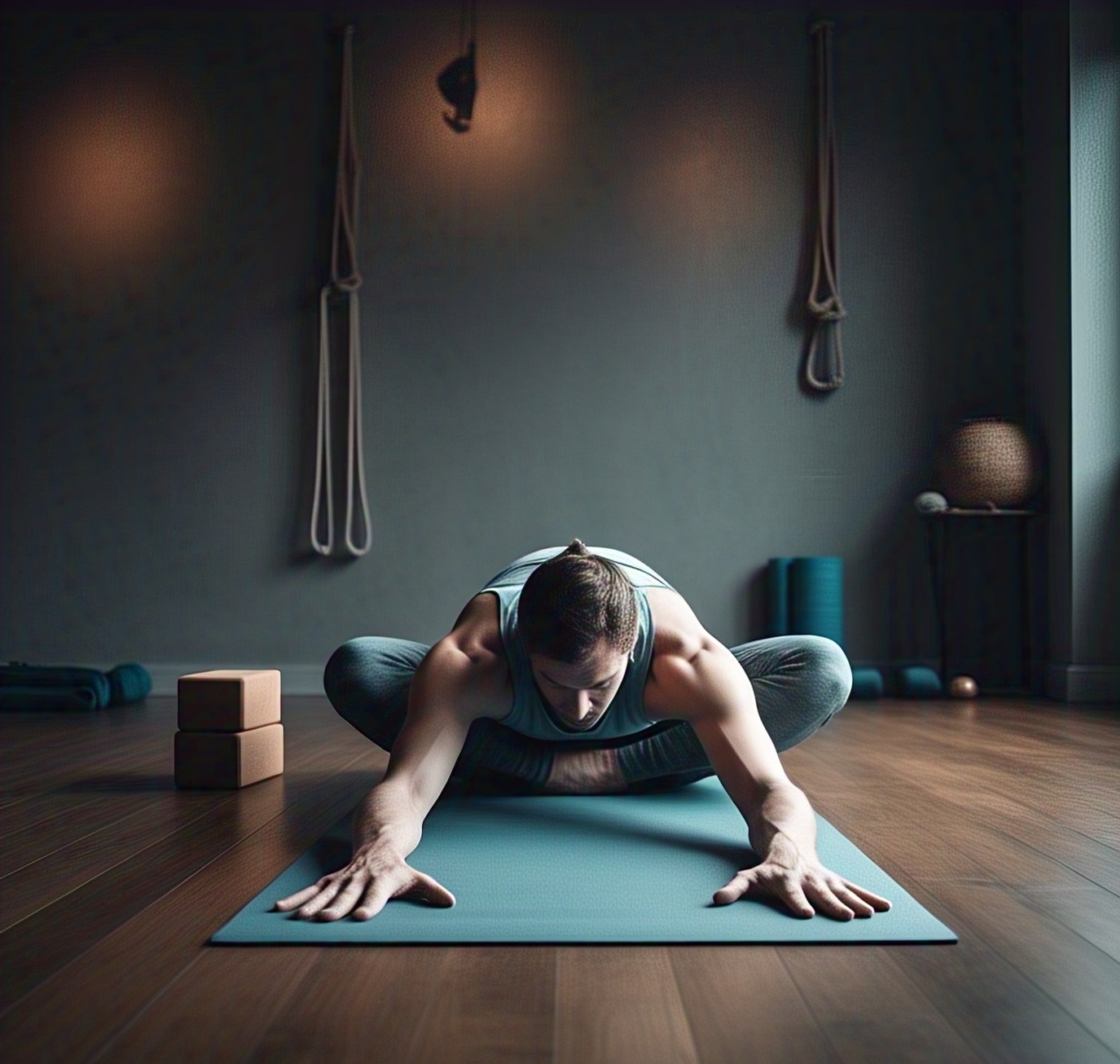
Consistent dance workouts can significantly boost your stamina. As your heart and lungs grow stronger, you’ll notice a surge in daily energy levels. Dance enhances cardiovascular endurance, making it easier to handle other physical tasks or workouts.
Added Advantage: You’ll feel less tired throughout the day and more productive.
Promotes Social Interaction and Confidence
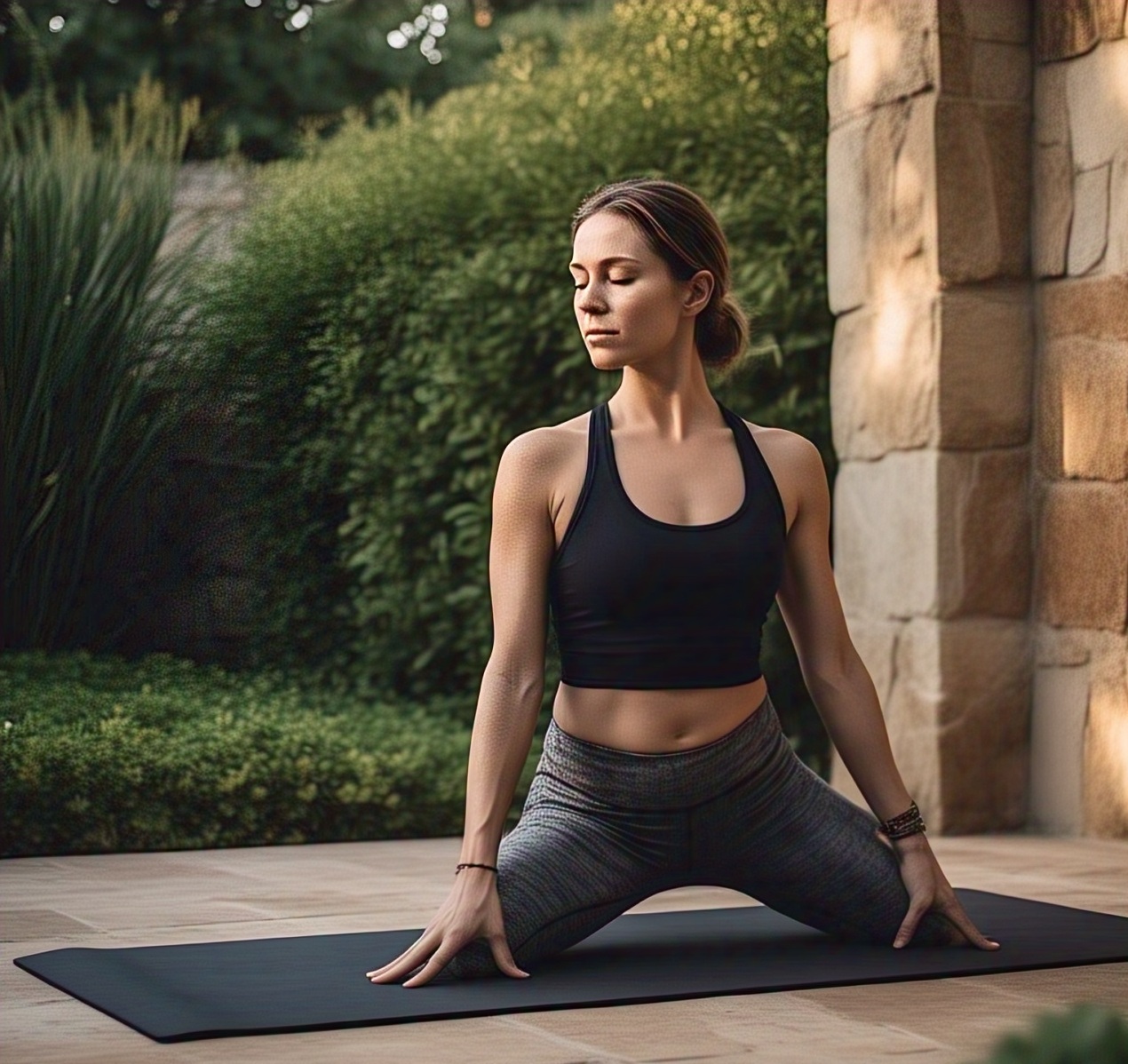
Whether you’re dancing in a studio or joining a virtual Zumba class, dance promotes social interaction. Performing choreography or freestyling builds self-expression and self-esteem. It’s also a great way to meet like-minded people who share fitness goals.
Great For: Team-building, emotional healing, and creating community.
Improves Brain Function and Memory
Dance is as good for your brain as it is for your body. Learning choreography stimulates brain function by improving memory, spatial awareness, and concentration. Studies show that dance can help reduce the risk of cognitive decline in older adults.
Brain Boost: Memorizing steps and syncing with rhythm builds cognitive flexibility.
Suitable for All Ages and Fitness Levels
Whether you’re a beginner, senior, child, or someone recovering from an injury, dance can be customized to any level. Low-impact dance routines are gentle on joints, while high-intensity sessions provide a strong cardio challenge.
Pro Tip: Start with low-intensity Latin or Bollywood dance sessions, and gradually increase intensity.
Bonus: Dance Styles to Try
- Zumba: Latin-inspired dance that’s high-energy and fun
- Hip-Hop Cardio: Great for younger people who love rhythm and fast beats
- Bollywood Dance: Culturally rich and full of vibrant movements
- Jazz or Ballet Fusion: Combines grace with fitness
- Afrobeats Workout: Uplifting and perfect for full-body movement
Final Thoughts
Dance workouts are more than just fitness—they’re a celebration of movement, music, and joy. From burning calories and building strength to improving mental well-being and confidence, dance touches every aspect of health.
Whether you’re at home following a YouTube routine or attending a dance fitness class, all you need is a little space and a love for music. No equipment, no pressure—just sweat, smile, and move your body!
Start small, stay consistent, and soon dance will become the happiest part of your fitness journey.
